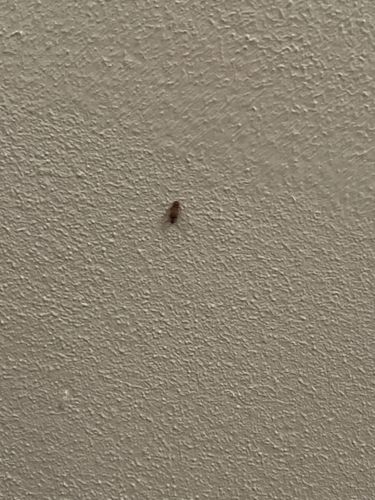Fruit fly
Scientific Name: Drosophila melanogaster (common species)
Order & Family: Order Diptera, Family Drosophilidae
Size: 2-4 mm (0.08-0.16 inches) in length

Natural Habitat
Typically found near ripening, fermenting, or decaying fruits and vegetables. Also attracted to moist organic matter.
Diet & Feeding
Feeds on yeast found on fermenting fruits and vegetables, and other sugary, decaying organic materials. Larvae feed on the microorganisms in these substances.
Behavior Patterns
Fruit flies are known for their rapid reproduction rate, short life cycle, and attraction to fermenting foods. They are often seen hovering around fruit bowls, garbage cans, and drains. They are small and relatively slow-flying.
Risks & Benefits
Potential risks include being a nuisance pest in homes and commercial settings, as they can contaminate food with bacteria and other pathogens carried on their bodies. They are not known to bite or sting. From a scientific perspective, Drosophila melanogaster is a widely used model organism in genetic research due to its short life cycle and ease of breeding.
Identified on: 11/19/2025